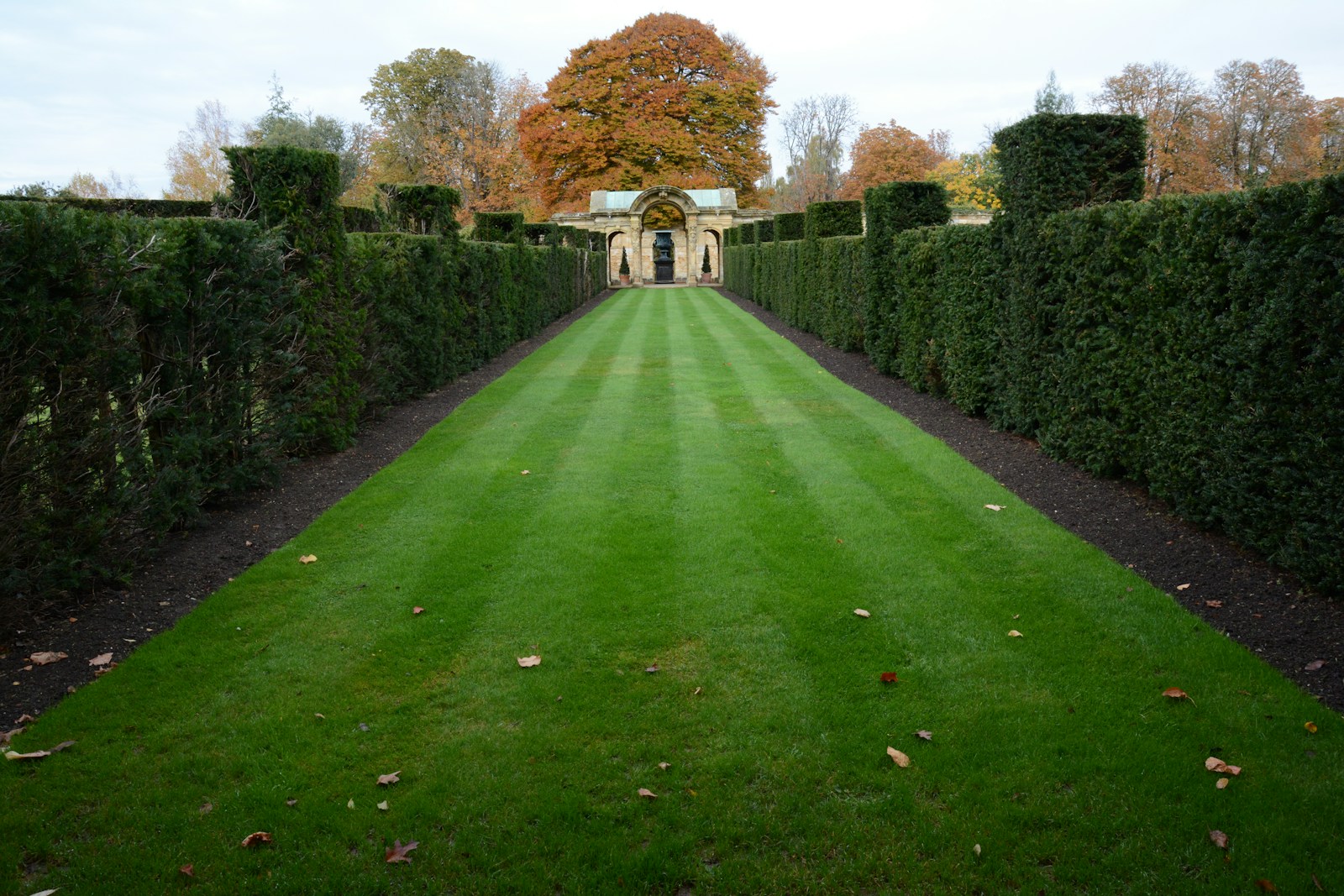Creating a garden that seamlessly integrates with nature while serving as a captivating entertainment space involves adhering to several key principles of great garden design. These principles not only enhance the aesthetic appeal of the outdoor space but also contribute to a harmonious and functional environment for social gatherings and relaxation.
First and foremost, understanding the natural surroundings is essential. A successful garden design takes into account the local climate, soil conditions, and existing flora. By selecting plants that thrive in the region and complementing them with appropriate hardscape elements, you can establish a cohesive and sustainable garden.
The layout of the garden plays a pivotal role in its functionality as an entertainment space. Thoughtful zoning creates distinct areas for various activities, such as dining, lounging, and recreational pursuits. Integrate pathways that guide visitors through the garden, revealing different facets of its beauty while maintaining a sense of flow and connectivity.
Strategic placement of seating areas is crucial for fostering social interactions and appreciation of nature. Consider panoramic viewpoints, cosy nooks, and open spaces where guests can gather comfortably. Incorporating versatile furniture that harmonizes with the natural surroundings ensures both aesthetic appeal and practicality.
The use of water features adds an enchanting dimension to the garden, promoting relaxation and connecting visitors with the soothing sounds of nature. Ponds, fountains, or even a simple birdbath can transform the outdoor space into a tranquil retreat. Additionally, lighting design should not be overlooked; well-placed outdoor lighting can extend the usability of the garden into the evening hours, creating a magical atmosphere.
Embracing biodiversity contributes to the ecological health of the garden. Selecting a variety of plants that attract pollinators and foster a balanced ecosystem not only enhances the beauty of the space but also supports the overall well-being of the environment. Native plants are particularly valuable in this regard, as they are adapted to the local ecosystem and require minimal maintenance.
Balancing hardscape and softscape elements is fundamental to achieving a harmonious design. While patios, decks, and other structures provide functionality, lush plantings soften the edges and infuse the garden with a sense of vitality. This interplay creates a dynamic and inviting outdoor space that is both visually appealing and environmentally conscious.
In conclusion, a great garden design for an entertainment space that complements nature involves a holistic approach. By understanding the natural context, creating functional zones, incorporating water features and lighting, embracing biodiversity, and achieving a balance between hardscape and softscape elements, you can transform an outdoor garden into a fabulous space that seamlessly integrates with and enhances the beauty of the surrounding environment.


